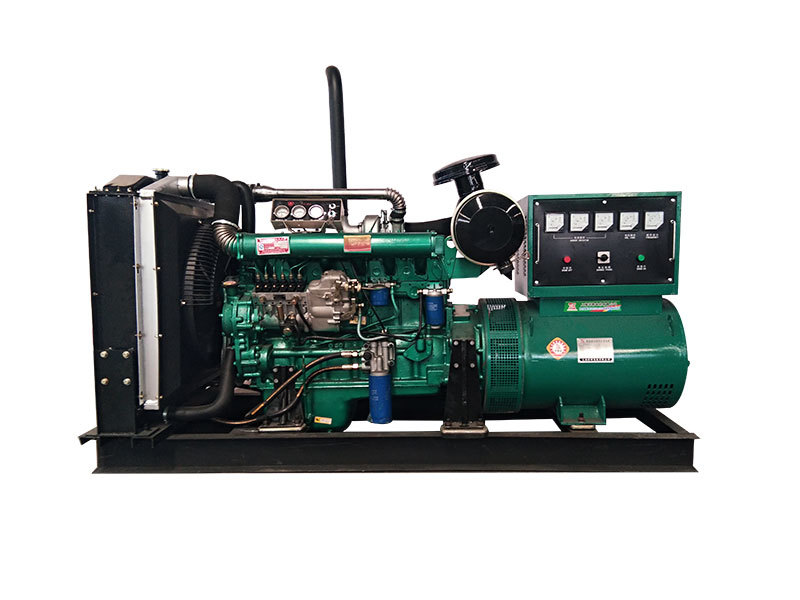Introduction
Generator sets are essential for providing backup power during outages, but they require regular maintenance to keep them running smoothly. To be honest, many people overlook this aspect, which can lead to unexpected breakdowns and costly repairs. In my experience, taking care of your generator set is not rocket science. By following some simple maintenance tips, you can ensure its longevity and optimal performance. This article will cover the top maintenance tips for your generator set, including regular checks, fuel and oil maintenance, battery care, and more.
Regular Checks and Inspections
The first and most crucial step in generator set maintenance is to perform regular checks and inspections. This includes checking the oil and fuel levels, inspecting the air filter, and looking for any signs of wear and tear. Frankly speaking, you don't need to be an expert to do this. Most generator sets come with a user manual that provides detailed instructions on how to perform these checks. If you're not sure, it's always a good idea to consult a professional.
Visual Inspection
A visual inspection of your generator set can help you identify any potential issues before they become serious problems. This includes checking for leaks, cracks, or other damage to the unit. Additionally, you should inspect the electrical connections and wiring to ensure they are secure and free from corrosion. If you notice any issues, it's important to address them promptly to prevent further damage.
Fuel and Oil Maintenance
Fuel and oil are the lifeblood of your generator set, so it's essential to keep them in good condition. This includes changing the oil regularly and checking the fuel for contaminants. Interestingly enough, dirty fuel is one of the most common causes of generator set failures. To avoid this, make sure to use high-quality fuel and store it in a clean, dry container. Additionally, you should change the fuel filter regularly to ensure it's free from debris.
Oil Changes
Changing the oil regularly is absolutely necessary to keep your generator set running smoothly. Depending on the manufacturer's recommendations, you should change the oil every 50-200 hours of operation. This will help to remove any impurities and keep the engine running at its best. When changing the oil, make sure to use the recommended oil type and viscosity for your generator set.
Battery Care
The battery is an often-overlooked component of generator sets, but it plays a crucial role in starting the engine. To ensure your battery is always ready to go, you should perform regular maintenance checks. This includes checking the battery terminals for corrosion and cleaning them if necessary. Additionally, you should check the battery fluid level and top it up with distilled water if it's low. If you notice any signs of damage or wear, it's important to replace the battery as soon as possible.
Load Bank Testing
Load bank testing is an essential part of preventive maintenance for generator sets. This involves running the generator under a controlled load to ensure it can handle the required power output. By doing this, you can identify any issues with the generator's performance and address them before they become serious problems. Most manufacturers recommend performing load bank testing at least once a year. However, if you use your generator set frequently, you may want to do it more often.
Conclusion
In conclusion, maintaining your generator set is crucial for ensuring its longevity and optimal performance. By following these simple maintenance tips, you can prevent unexpected breakdowns and costly repairs. Remember to perform regular checks and inspections, maintain the fuel and oil, care for the battery, and perform load bank testing regularly. If you're unsure about any aspect of generator set maintenance, it's always a good idea to consult a professional. With proper care and maintenance, your generator set will provide reliable backup power for years to come.





